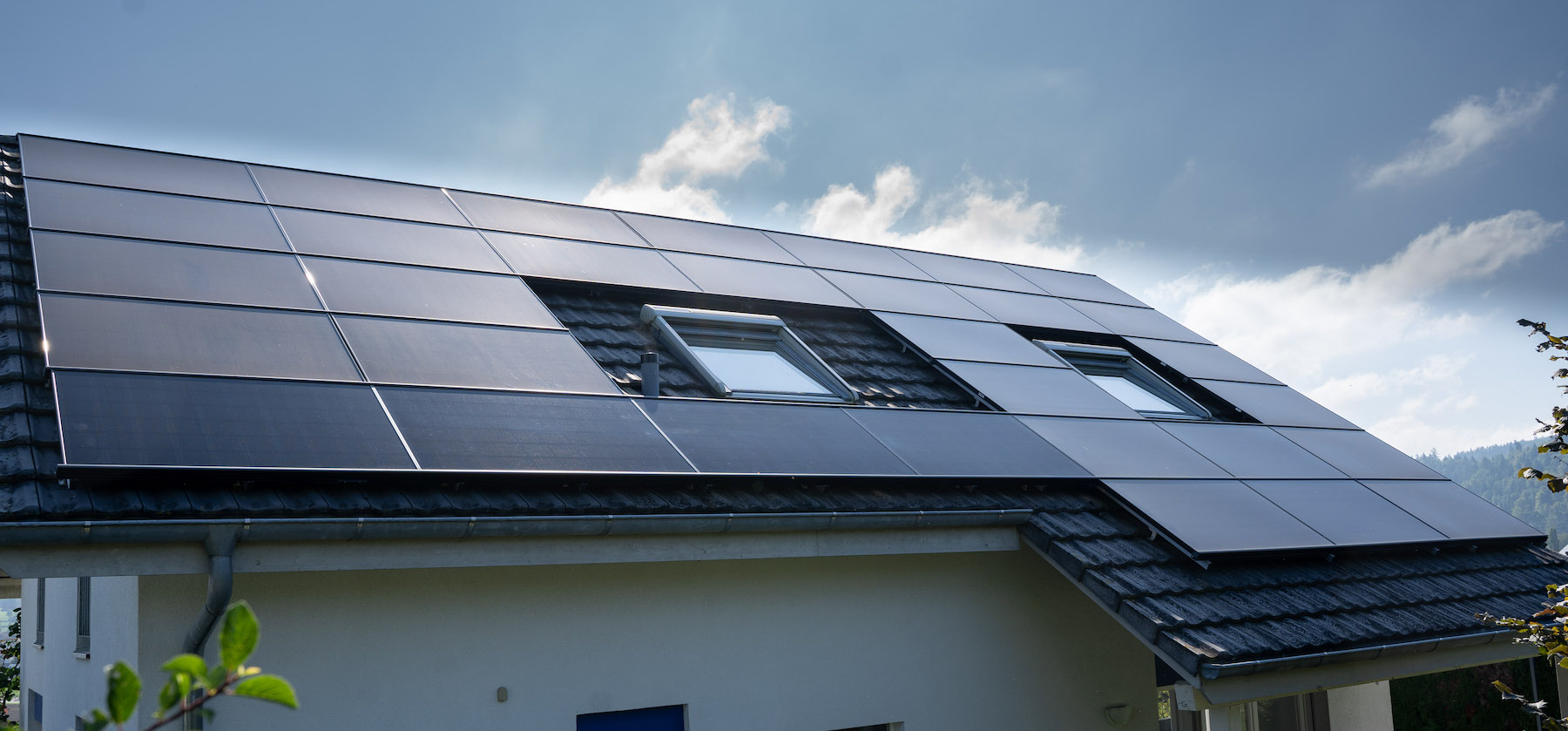I have often written here about marketing your own solar power, such as the reference market model that CKW made very public last year. Today Helion, which now belongs to AMAG, is launching two new tariff offers for owners: a fixed tariff analogous to the fixed-rate mortgage or a stock exchange tariff analogous to a Saron mortgage for the solar power fed in
“Fixed tariff” for more investment security
PV system owners who opt for the fixed tariff offer benefit from predictable, fixed return tariffs with a term of five or ten years. The energy tariffs are agreed once and apply for the entire term. Helion currently offers CHF 0.16 per kilowatt hour for a term of five years and CHF 0.13 per kilowatt hour for ten years for PV systems with an output of up to 30 kW. Larger systems are regulated separately. By introducing a fixed solar tariff, the electricity production of many small electricity producers will be pooled and sold directly to Swiss companies. Both parties can protect themselves against market turbulence and benefit from planning and
Investment security. By purchasing Swiss solar power, companies also improve their carbon footprint and contribute to Swiss energy security. Noah Heynen adds: “Unlike before, it’s not just certificates that are traded and sold, but real solar power from the region and for the region. A milestone on the way to the energy system of tomorrow.”
«“Dynamic exchange tariff” supports the energy system
In today’s Swiss energy system, price signals for energy shortages are completely ignored because no dynamic tariff model is currently available. With the first-ever introduction of a dynamic exchange tariff, Helion is bundling the electricity production of many small solar power producers and bringing it directly to the electricity exchange. This allows the solar system and the returns of smaller solar power producers to be optimized. Electricity prices vary hourly on the electricity exchange. Differences between CHF 0.90 per kilowatt hour when there is a shortage of electricity and minus CHF 0.30 per kilowatt hour when there is an excess of electricity are not uncommon. The dynamic exchange tariff takes advantage of these fluctuations between maximum and negative prices by operating or charging flexible energy consumers such as boilers, batteries, electric cars and heat pumps with the support of an intelligent app control such as Helion ONE whenever electricity prices are low. If the price of electricity is high, charging is interrupted and the solar power is fed into the power grid. “The introduction of a dynamic exchange tariff supports the stabilization of the entire energy system and thus creates real added value for a functioning energy transition.
Conclusion
I am sure that given the turbulent times with very fluctuating electricity tariffs and also feed-in tariffs in the reference market model, the fixed price option will be very popular. When I built my PV system in 2017, feed-in tariffs were well below 10 cents. If you get CHF 0.16 per kilowatt hour over a five-year term and CHF 0.13 per kWh over a ten-year term, planning is much easier. The amortization calculation in particular is simplified enormously. With good energy management (as Helion offers with Helion ONE), you can save even more through your own consumption. Personally, I am attracted by the direct link to the stock exchange tariff. In my opinion, anyone who has enough flexibility can get the most out of it…
